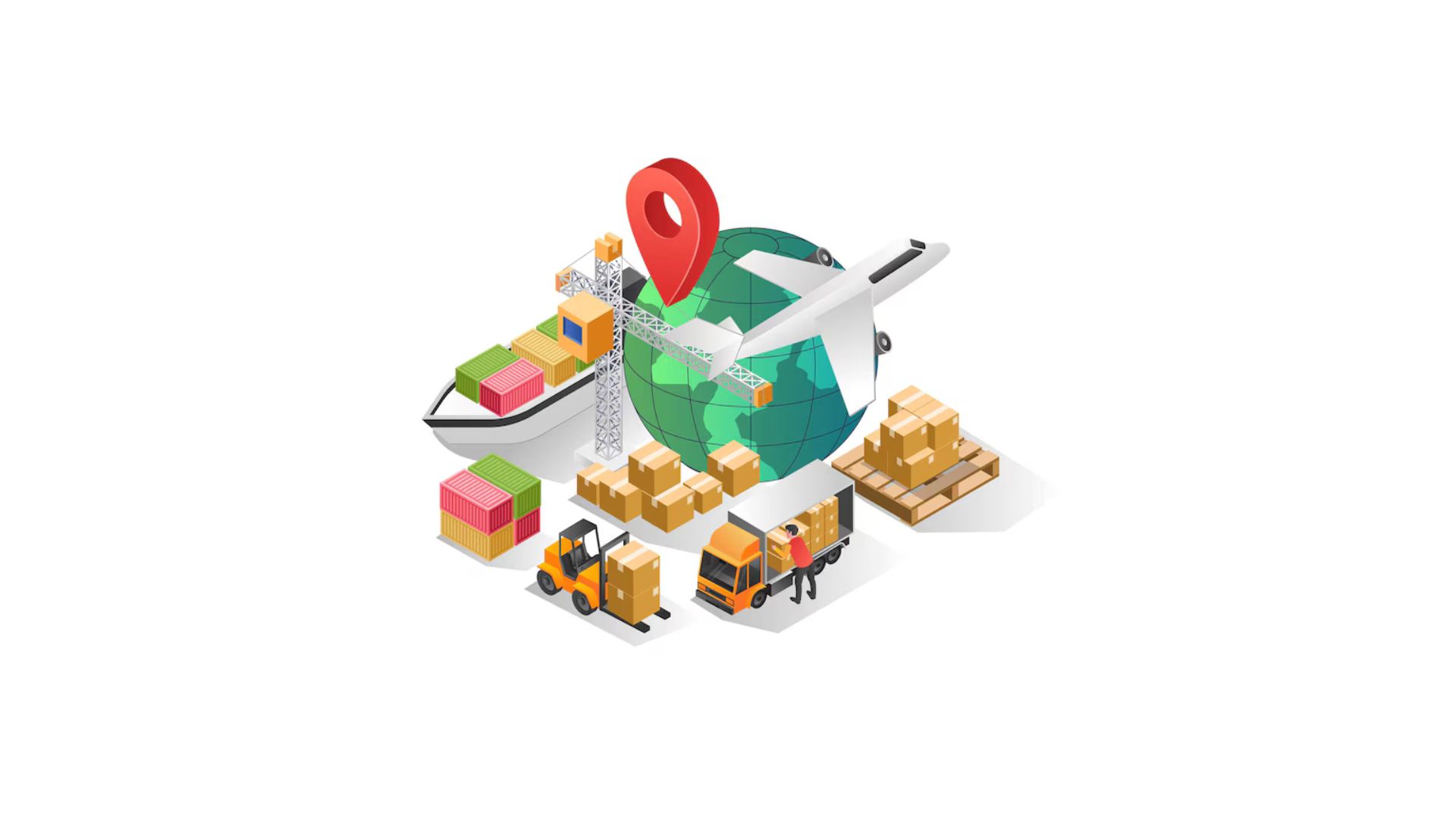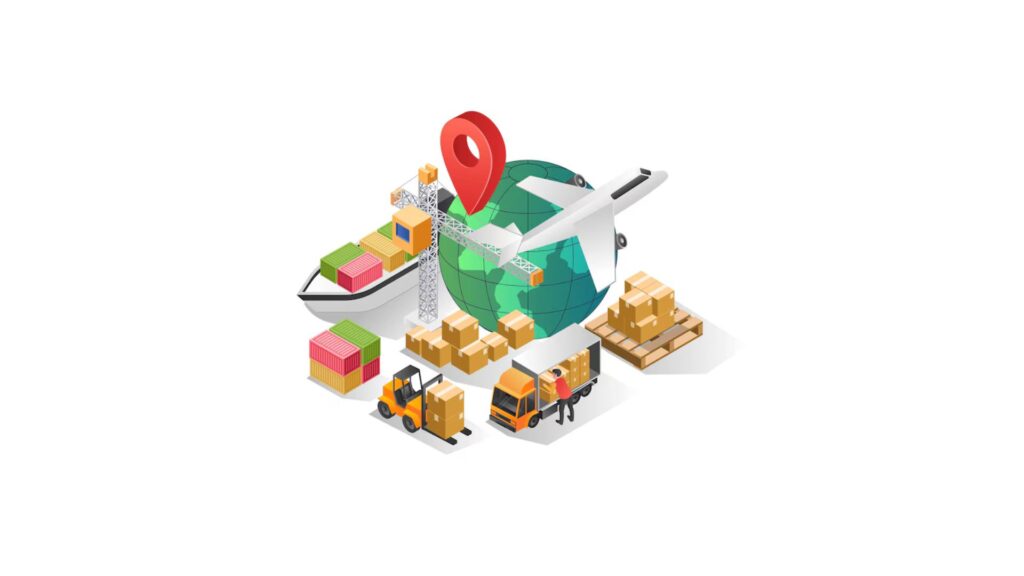
06 Jun Exporters Rejoice: CBIC’s New Electronic Duty Drawback

Introduction
In a significant move to streamline trade processes, the Central Board of Indirect Taxes and Customs (CBIC) will start electronically disbursing duty drawback amounts directly to exporters’ bank accounts starting June 05, 2024. This initiative, facilitated through the Public Finance Management System (PFMS), promises a more transparent and efficient process, aligning with CBIC’s commitment to paperless Customs and enhanced trade facilitation.
What is Duty Drawback?
Duty drawback is a refund of customs duties paid on imported materials that are used in the manufacture of goods for export. Under Section 75 of the Customs Act, 1962, this rebate helps in reducing the cost burden on exporters, making their products more competitive in the global market.
The Role of CBIC in Trade Facilitation
The CBIC plays a crucial role in managing indirect taxes in India, including Customs, Central Excise, and Goods and Services Tax (GST). Over the years, CBIC has launched various initiatives to simplify trade processes, reduce bottlenecks, and enhance the ease of doing business in India.
Introduction to Public Finance Management System (PFMS)
PFMS is a platform for tracking funds released under all plan schemes of the Government of India. It aims to ensure that the funds are used efficiently and reach the intended beneficiaries. By integrating with PFMS, CBIC can disburse duty drawback amounts directly into exporters’ bank accounts, ensuring timely and transparent transactions.
Why Electronic Disbursal?
Electronic disbursal of duty drawback amounts offers several benefits:
- Speed: Eliminates delays caused by manual processing.
- Accuracy: Reduces errors associated with manual handling.
- Transparency: Enhances visibility and accountability in the disbursal process.
Manual disbursal often leads to delays and lack of transparency, which can be frustrating for exporters awaiting their refunds. By transitioning to an electronic system, CBIC aims to address these issues effectively.
How the New System Works
The electronic disbursal system operates through PFMS, which links directly to exporters’ bank accounts. Here’s a step-by-step breakdown:
- Claim Submission: Exporters submit duty drawback claims through the Customs Automated System (CAS).
- Processing: Claims are processed and verified.
- Disbursal: Approved amounts are disbursed electronically via PFMS directly into exporters' bank accounts.
Transparency and Efficiency in the New System
The electronic system significantly boosts transparency by providing real-time tracking of claims and disbursals. This system also reduces the need for physical paperwork, which not only speeds up the process but also minimizes the risk of errors and fraud.
Impact on Exporters
Exporters will experience faster receipt of their duty drawback amounts, improving their cash flow and enabling them to reinvest in their businesses more promptly. The simplified process reduces the administrative burden, allowing exporters to focus on their core activities.
CBIC’s Paperless Customs Initiative
This initiative is part of CBIC’s broader goal of achieving paperless customs operations. By leveraging technology, CBIC aims to enhance efficiency, reduce environmental impact, and improve the overall user experience for exporters.
Implementation Timeline
The electronic disbursal system will be implemented starting June 05, 2024. Key steps include:
- Training Sessions: Conducted for exporters and CBIC officials.
- System Testing: Ensuring all technical aspects are functional.
- Go Live: Full implementation of the system.
Challenges and Solutions
Potential challenges include:
- Technical Glitches: Addressed through rigorous testing and a dedicated support team.
- Exporter Adaptation: Facilitated by training programs and clear communication from CBIC.
Feedback from the Export Community
Initial reactions from exporters have been positive, with many appreciating the move towards a more efficient and transparent system. Testimonials highlight the expected benefits of reduced delays and simplified processes.
Future Prospects
In the long term, this initiative is expected to significantly boost India’s trade by making export processes more efficient. CBIC continues to work on additional reforms to further enhance trade facilitation, aligning with global best practices.


No Comments